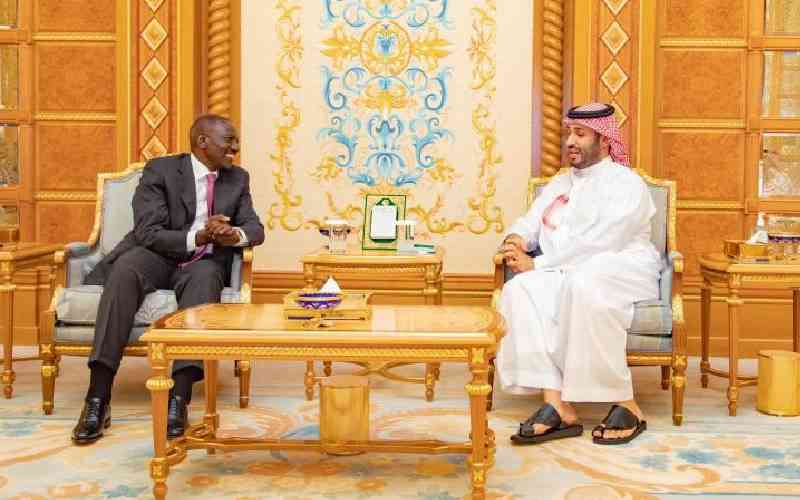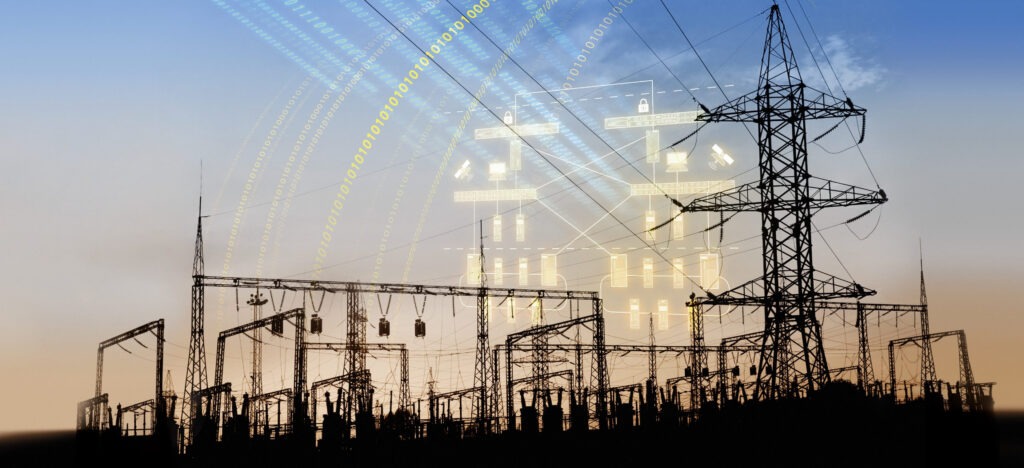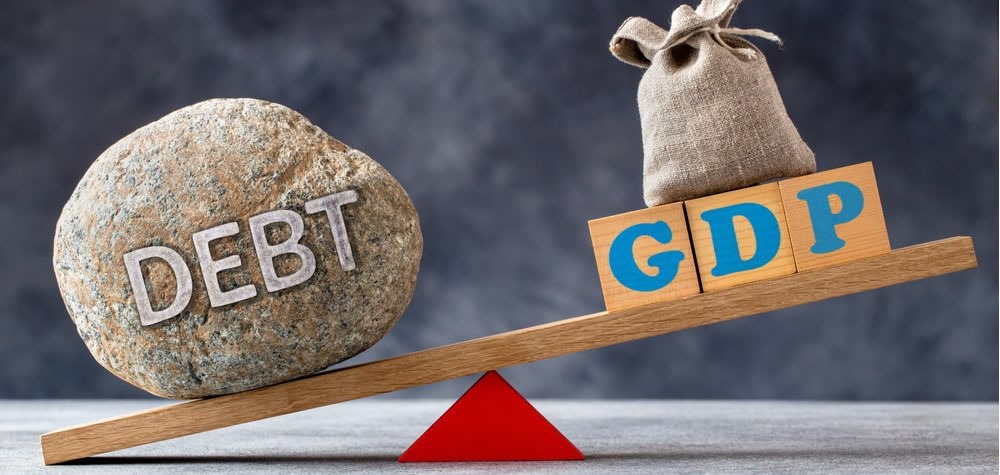
1.0 Introduction
Over the past decade, Gulf States have steadily expanded their influence across Africa through a mix of trade, investment, and strategic partnerships. From major port developments along the Red Sea and Horn of Africa, to energy deals in North Africa and real estate investments in West Africa, the United Arab Emirates, Saudi Arabia, and Qatar have positioned themselves as pivotal players in shaping the continent’s economic and geopolitical landscape. These ventures have not only advanced Gulf commercial interests but have also signaled a shift in Africa’s external alliances at a time when traditional partners are retrenching.
This expanding footprint is particularly visible in East Africa, where governments facing fiscal pressures and infrastructure needs are increasingly turning to Gulf states for financing. With China reducing its large-scale lending and multilateral institutions constrained by austerity and reform debates, countries such as Kenya, Tanzania, Uganda, and Ethiopia have sought Gulf capital to fill critical gaps (Najimdeen, 2025). Gulf investments have already contributed to major infrastructure projects and eased short-term energy and fiscal strains, positioning the region at the center of this new wave of engagement.
This commentary aims to examine Gulf investment in East Africa, highlighting the opportunities it creates for financing and regional integration while also drawing attention to the risks of debt exposure, opaque arrangements, weakened governance, and growing strategic dependency.
2.0 Key Issues
2.1 Bridging Fiscal Gaps through Infrastructure and Energy Financing

Gulf capital has become a lifeline for East African governments grappling with widening budget deficits and urgent infrastructure demands. Investments in port modernization, renewable energy plants, and logistics corridors have injected much-needed resources into the region. The 2025 Kenya–UAE loan worth 1.5 billion US dollars and Saudi Arabia’s oil supply credit facility are clear examples of how Gulf partners provide immediate fiscal and energy relief (Bloomberg, 2025); (Daily Nation, 2024). These funds have stabilized currencies, supported fuel imports, and enabled governments to sustain economic activity at critical moments.
Yet the heavy reliance on Gulf financing also risks deepening debt exposure. With interest rates surpassing eight percent in some arrangements, these loans carry significant repayment burdens. Unlike concessional financing from multilateral lenders, Gulf funds often lack embedded safeguards for debt sustainability or fiscal discipline (Gebru et al., 2023). The short-term relief they provide may therefore create long-term vulnerabilities if governments are unable to manage repayments or align projects with broader industrial priorities.
2.2 Opacity and Governance Risks in Financing Arrangements
One of the most pressing concerns with Gulf engagement is the limited transparency surrounding financial agreements. Many loans are negotiated directly between executives and sovereign wealth funds, with little parliamentary scrutiny or public disclosure. The full terms of Kenya’s 1.5 billion US dollar agreement with the UAE remain unpublished, fueling speculation about collateral clauses, grace periods, and repayment obligations ((TISA, 2024).
Such opacity undermines democratic oversight and heightens the risk of elite capture. Without clear accountability, Gulf financing can entrench patronage networks and weaken the institutional checks that are vital for sustainable economic governance (Gebru et al., 2023). The secrecy surrounding contracts also makes it difficult to assess whether the benefits of these investments outweigh the long-term costs. In contexts where state institutions are fragile, opaque financing arrangements risk eroding public trust and weakening fiscal sovereignty.
2.3 Strategic Dependency and Sovereignty Concerns

Although Gulf financing is often framed as commercially neutral, it is deeply intertwined with the geopolitical ambitions of Gulf States. By financing critical infrastructure such as ports and energy plants, Gulf actors gain leverage over strategic assets that are central to national security and trade. In countries with weak bargaining power, such arrangements risk creating strategic dependency, where governments must align policy choices with the interests of external financiers (Manners-Bell, 2025).
Evidence from the Horn of Africa demonstrates how Gulf investments in ports and logistics corridors have been used to secure military access and political influence (Africa Center for Strategic Studies, 2025). In East Africa, similar risks loom. The integration of financing with political conditionalities, even when implicit, raises questions about the autonomy of policy decision-making. Left unchecked, this could erode sovereignty and compromise long-term national development priorities.
2.4 Fragmentation of Regional Integration Efforts
Gulf investments are reshaping East Africa’s physical and economic geography by financing trade corridors, ports, and energy networks. Projects such as port upgrades in Berbera, logistics hubs in Nairobi, and renewable energy ventures in Tanzania have expanded regional infrastructure capacity (Najimdeen, 2025). These investments support the goals of the African Continental Free Trade Area (AfCFTA) by opening new gateways and facilitating cross-border flows.
However, without coordination, they also risk creating fragmented and competing corridors. Rivalry between Mombasa and Lamu ports in Kenya, or between Djibouti and Berbera, illustrates how duplicative projects can undermine efficiency and weaken regional cohesion (Africa Center for Strategic Studies, 2025). Instead of strengthening AfCFTA’s goal of unified continental trade architecture, Gulf-funded projects could entrench competition between neighbors and erode the East African Community’s aspirations for a harmonized transport and energy market.
3.0 Conclusion
Gulf States are rapidly becoming central actors in East Africa’s development financing. Their capital has bridged fiscal gaps, expanded infrastructure, and stabilized economies, but it has also introduced risks of debt distress, opacity, sovereignty erosion, and regional fragmentation. The future of this engagement will depend on whether East African governments can harness Gulf investments strategically, embedding them within transparent, sustainable, and regionally coordinated frameworks. With deliberate governance, Gulf capital could become a pathway to inclusive growth rather than a source of long-term dependency.
4.0 Policy Recommendations
4.1 Embed Fiscal Sustainability into Gulf Financing
Governments should establish binding frameworks that ensure Gulf loans and credit facilities align with long-term fiscal sustainability. This includes capping non-concessional borrowing, linking Gulf-funded projects to industrial priorities, and conducting independent debt sustainability analyses prior to agreement (Afreximbank, 2025).
4.2 Mandate Transparency and Public Disclosure
Parliamentary vetting, civil society oversight, and mandatory disclosure of contract terms should be institutionalized for all Gulf financing agreements. Public audits of repayment schedules and collateral requirements are essential to safeguard fiscal sovereignty and restore public trust (Gebru et al., 2023).
4.3 Protect Strategic Assets and Strengthen Negotiation Capacity
East African states must prioritize protecting critical infrastructure from excessive foreign control. This requires building negotiation expertise, limiting resource-backed collateral clauses, and embedding clear national interest safeguards in contracts. Regional training programs could strengthen bargaining power in future Gulf engagements (Manners-Bell, 2025).
4.4 Coordinate Gulf-Funded Projects within Regional Frameworks
The East African Community and AfCFTA institutions should establish platforms to review and harmonize Gulf-funded projects. Regional alignment would prevent duplication, maximize complementarity, and ensure that Gulf investments strengthen integration rather than fragment it (Africa Center for Strategic Studies, 2025).
5.0 References
Africa Center for Strategic Studies. (2025). Mapping Gulf State Actors’ Expanding Engagements in East Africa.
Afreximbank. (2025). Rising Gulf Investments in Africa: Unlocking Opportunities and Navigating Challenges.
Bloomberg. (2025, February 1). Kenya turns to Saudi credit to finance fuel imports amid budget gap.
Daily Nation. (2024). Kenya agreeing to $1.5 billion budget support loan from UAE. https://nation.africa/kenya/business/kenya-agreeing-1-5-billion-budget-support-loan-uae-4776044
Gebru, M. K., et al. (2023). The impact of the Middle East and Gulf States’ involvement on the Horn of Africa peace and security: Applying regional security complex theory. Digest of Middle East Studies.
Manners-Bell, J. (2025). Trust is paramount as Gulf States deepen African investment, but at what cost? AgBi.
Najimdeen, H. (2025). The GCC’s strategic footprint: Gulf investment as an emerging power bloc in Africa. Al Jazeera Studies.
TISA. (2024). Opaque Debt and Governance Risks in Kenya’s External Financing.
